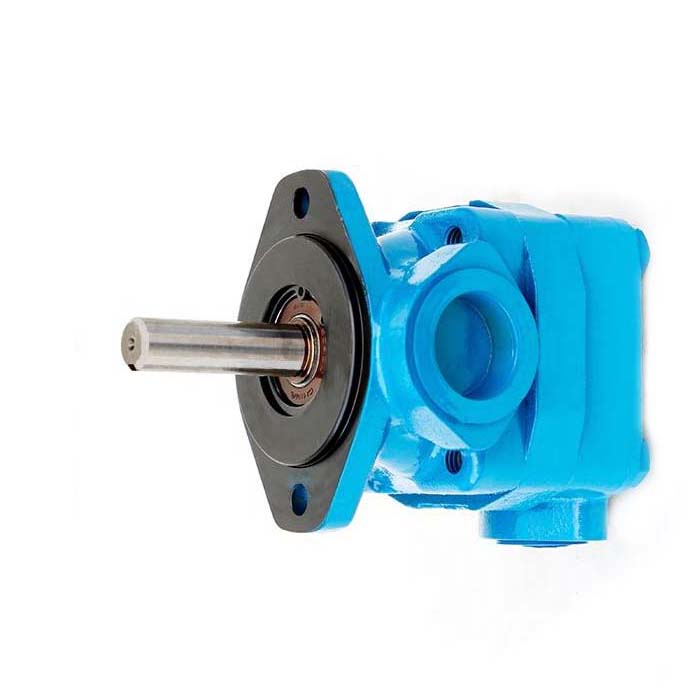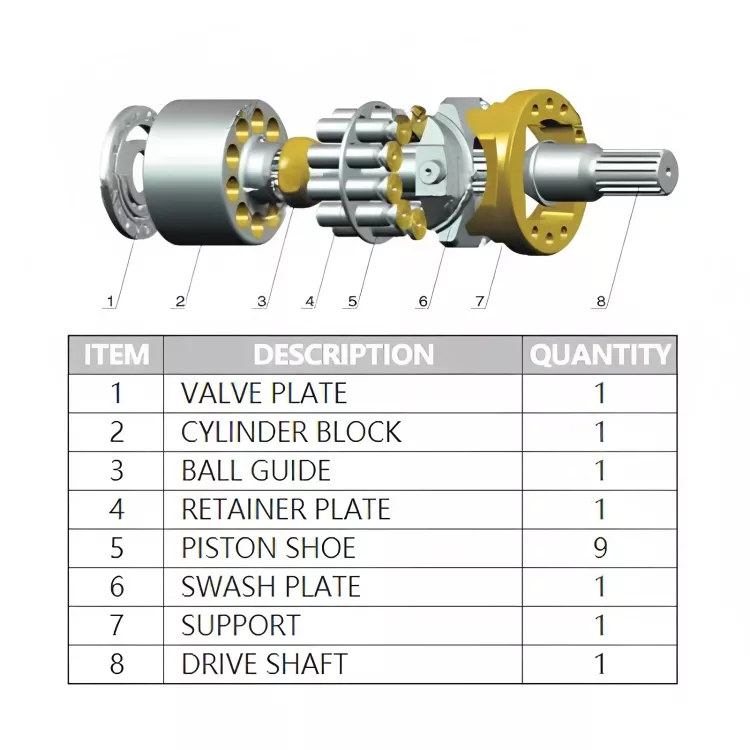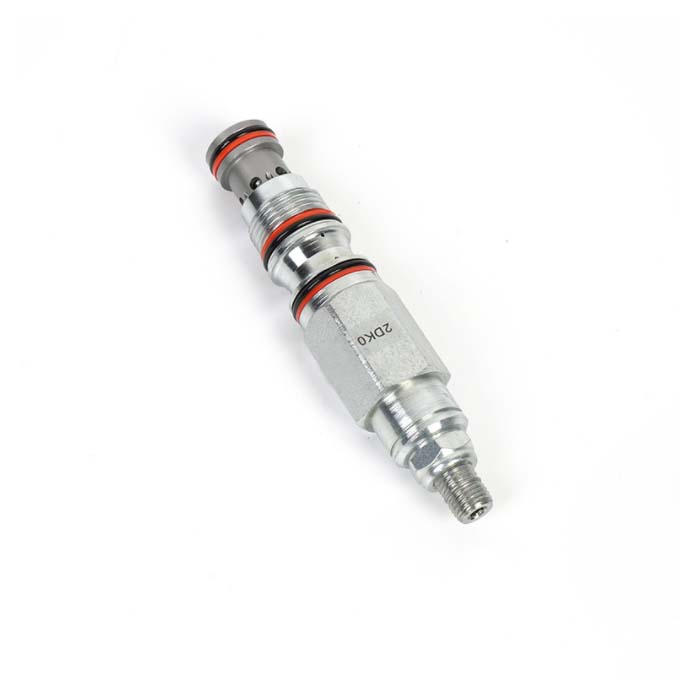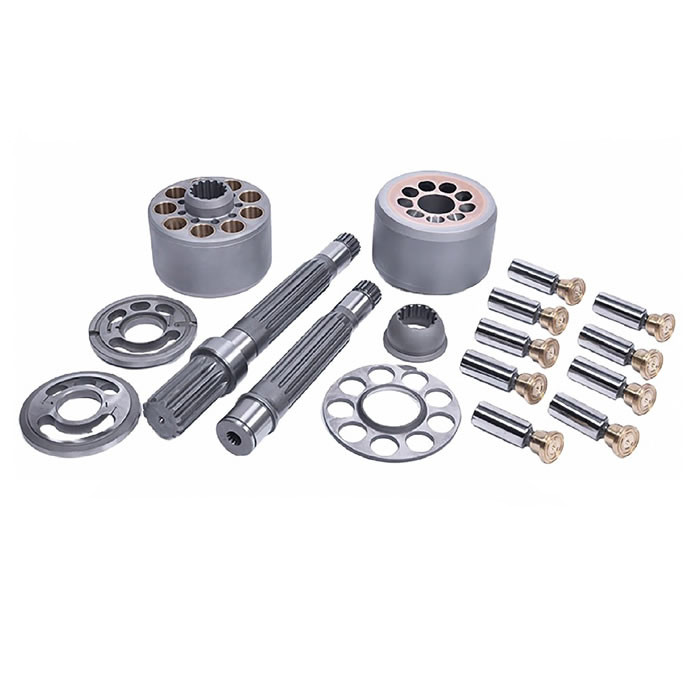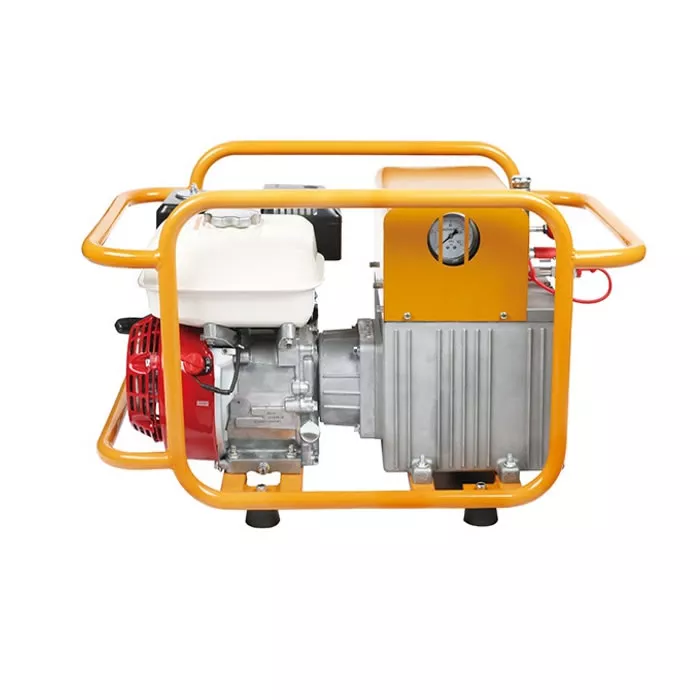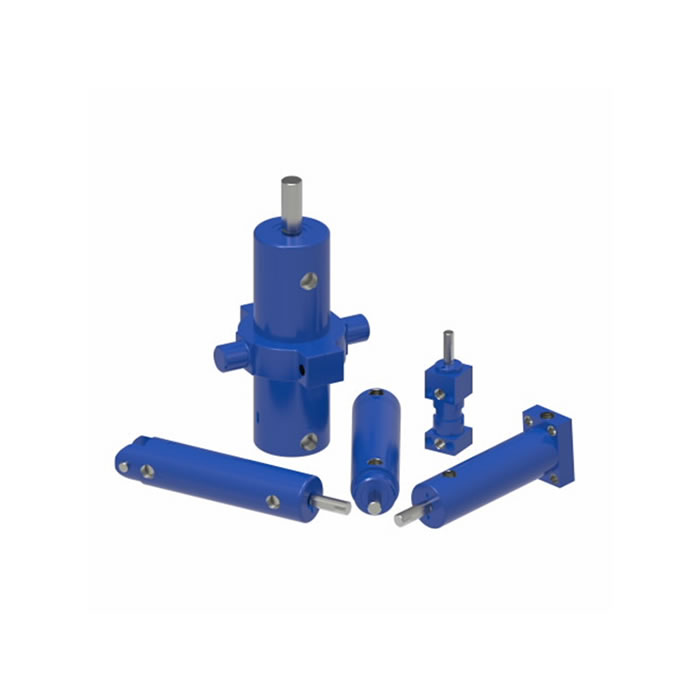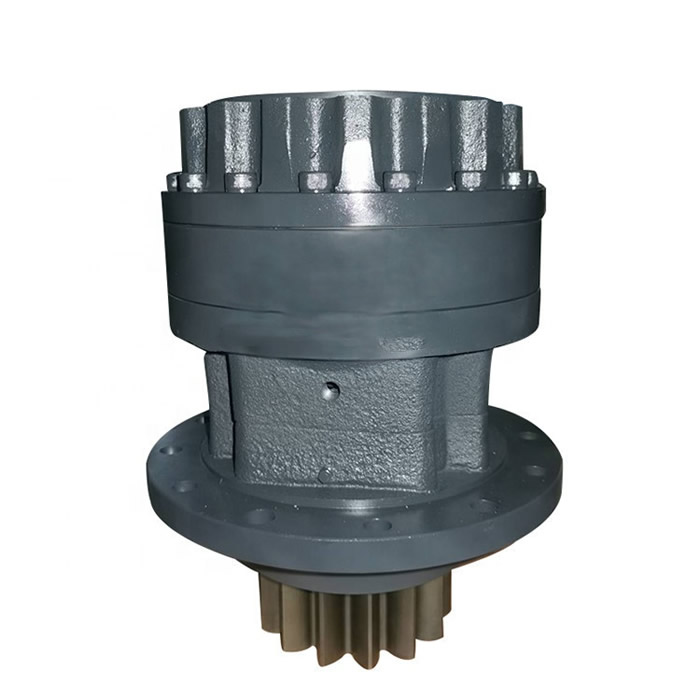Hydraulic Vane Pump: Understanding and Preventing Cavitation Damage
Cavitation in Hydraulic Vane Pump
Cavitation is a phenomenon that occurs in Hydraulic pumps when the pressure of the liquid falls below its vapor pressure, causing the liquid to vaporize
and form bubbles.
These bubbles then collapse when they reach a high-pressure area, imploding and creating shockwaves that can damage the pump.
The root cause of the issue is a restriction in the pump suction line. This restriction creates increased vacuum,
causing the entrapped air in the fluid to be pulled out and forming bubbles in the suction line.
When these bubbles pass from the low-pressure side to the high-pressure side of the pump, they collapse and implode under the pressure.
This leads to small explosions and intense heat, which damages the metal port plate and sometimes melts the metal, compromising its integrity.
As a result of this continuous condition, the pump produces a high-pitched whining noise.
Over time, the metal is gradually removed along with the hydraulic fluid, leaving an empty pocket on the port plate.
The repeated occurrence of this phenomenon causes the hole to grow and eventually renders the pump ineffective.
Aeration of the fluid can also cause cavitation, but it is accompanied by additional symptoms such as a more erratic noise,
like grinding or rumbling. Aeration can occur due to a leak in the suction line, allowing air to enter, or it can enter externally,
such as through a return line not submerged below the soil surface in the reservoir.
In the case of aeration, foam can be visually seen in the oil and the reservoir.

Hydraulic Vane Pump Symptoms of Cavitation
Noise: Cavitation can cause a loud, rattling noise coming from the pump.
Vibration: The pump may vibrate excessively due to the shockwaves created by the collapsing bubbles.
Reduced performance: Cavitation can reduce the flow rate and pressure of the pump.
Damage to the pump: The imploding bubbles can damage the pump's impeller, housing, and other components.
Types of cavitation
There are two main types of cavitation:
Vaporous cavitation: This is the most common type of cavitation and occurs when the pressure of a liquid falls below its vapor pressure,
causing bubbles to form in the liquid. These bubbles can then collapse violently, which can damage surrounding materials.
Vaporous cavitation is often seen in propellers, pumps, and valves.
Gaseous cavitation: This type of cavitation occurs when dissolved gases come out of solution due to a decrease in pressure.
Gaseous cavitation is less common than vaporous cavitation, but it can still cause damage to materials.
Gaseous cavitation is often seen in pipelines and fluid bearings.
In addition to these two main types, there are also several other types of cavitation, such as:
Inertial cavitation: This type occurs when a liquid is rapidly accelerated or decelerated, which can cause bubbles to form in the liquid.
Acoustic cavitation: This type of cavitation occurs when sound waves create bubbles in a liquid.
Triboccavitation: This type of cavitation occurs when two surfaces rub together in a liquid, which can cause bubbles to form in the liquid.
How to Prevent Hydraulic Vane Pump Cavitation
Material Enhancement:
(1) Optimize the material of the vane pump flow distribution disk by choosing a stronger
material than aluminum alloy to enhance resistance to cavitation under high-pressure, high-speed conditions.
Surface plating on the distributor disk can also improve its strength, but careful consideration of manufacturing costs and product quality is necessary.
Damping Holes or Grooves:
(2) Introduce small damping holes or grooves at potential cavitation-prone locations to slow down the bubble precipitation during bursting impact.
This method helps reduce structural damage on the pump body caused by bubble bursting,
but it requires careful consideration of changes in manufacturing processes and increased processing costs.
Fluid Dynamics Optimization:
(3) Address cavitation due to oil flow instability in the pump chamber by optimizing the stator curve,
improving manufacturing accuracy, and enhancing post-processing methods.
This approach aims to enhance the overall dynamic characteristics of the vane pump,
minimizing fluid movement instability in the pump cavity and reducing damage to the flow disk caused by cavitation.
In essence, the proactive prevention of cavitation through thorough maintenance practices is not just
a recommendation – it's a strategic investment in the sustained efficiency and longevity of your pump.
Rely on SAIVS Pumps for unparalleled advice and access to the latest remote condition monitoring technology,
ensuring your pump operates at peak performance for years to come.Contact us if you need help.

